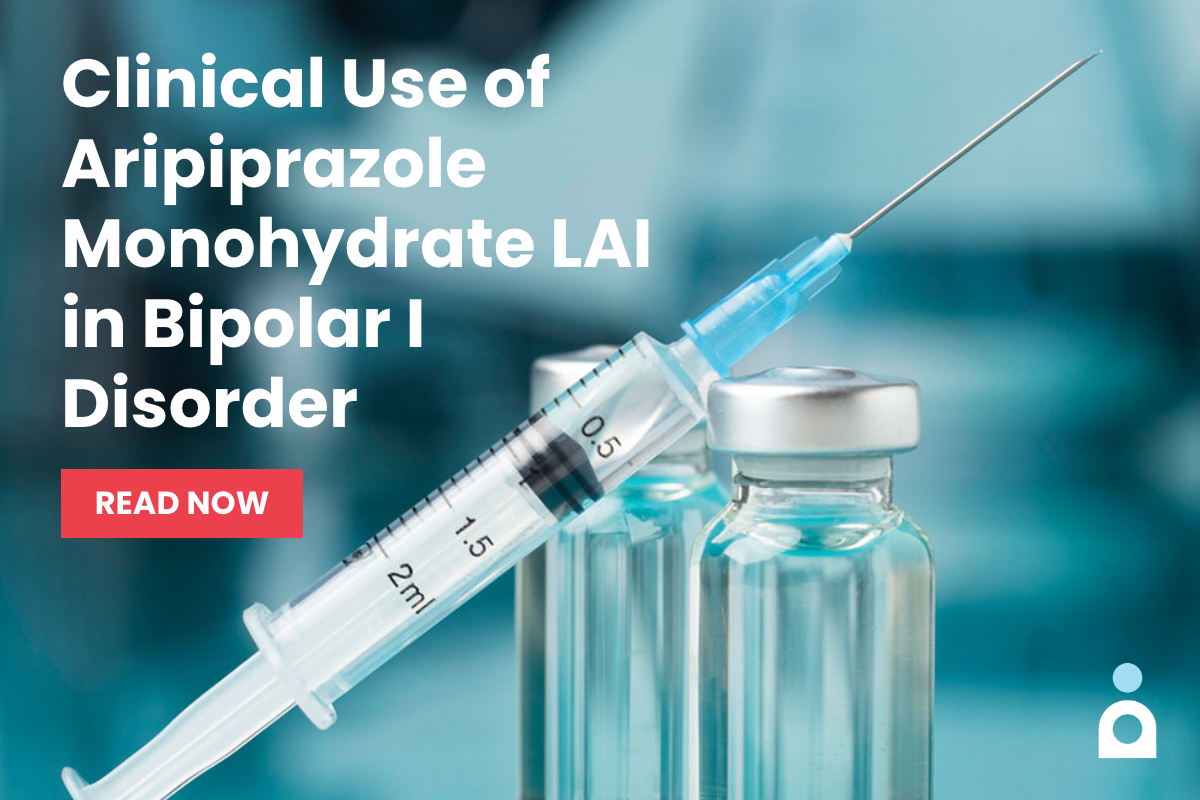Handbook of Office-Based Buprenorphine Treatment of Opioid Dependence
Buprenorphine training courses are an essential part of the effort to increase the number of physicians able to treat opioid-dependent patients with buprenorphine in an office-based setting. Psychiatric textbooks and journal articles are available to supplement those courses and thus expand the knowledge base of those physicians involved in the care of opioid-dependent patients. What distinguishes the Handbook of Office-Based Buprenorphine Treatment of Opioid Dependence is a format that is at once comprehensive, concise, and caring in its approach to the subject matter that borders on mentorship in the guidance it provides for the reader.
The first 2 chapters provide an introduction to the important historical impact of opioid dependence on society and the conceptual and legislative changes that resulted in the establishment of buprenorphine as a treatment modality. Chapters 3 and 4 are an excellent presentation of the essentials of clinical opioid pharmacology, especially buprenorphine pharmacology, efficacy, and safety. Chapter 5 is an excellent summary of the elements involved in assessing patients for office-based buprenorphine therapy.
Chapter 6 is a consolidation of buprenorphine induction, stabilization, and maintenance in a brief, yet outstanding narrative. Chapters 7 and 8 feature excellent commentaries on essential ancillary components in an office-based buprenorphine clinic: discussions of informed consent, treatment agreements (including an excellent example of a treatment agreement), treatment planning, and the important psychosocial components central to treatment. Chapters 9 and 10 cover psychiatric and medical comorbidities commonly seen in opioid-dependent patients with a unique blend of common sense and wisdom. Acute and chronic pain are a significant and complex challenge in this population, and chapter 11 provides a brief, but helpful summary of potential treatment options available. Issues involving adolescents with opioid dependence are featured in chapter 12. Maintaining standards for staffing and documentation and the outpatient models available for providing care are well covered in chapter 13 and are an essential addition to the strength of this book. Chapter 14 lists comments on case vignettes that were present in earlier chapters and helps reinforce the knowledge presented earlier in the book.
Appendix 1 lists very helpful Web sites to provide the reader with additional information and updates on the material covered. Appendix 2 presents study questions and their answers to further assist with understanding of the material.
The degree of suffering experienced in the lives of patients diagnosed with opioid dependence, their families, and friends can be devastating. The loss to society is a less personal issue, but very real. This is an essential guide for clinicians interested in establishing an outpatient-based buprenorphine clinic and hopefully may also provide motivation for other physicians to become involved in treating this challenging patient population.
Author affiliation: Vanderbilt University School of Medicine, Nashville, Tennessee.
Potential conflicts of interest: None reported.
doi:10.4088/JCP.11bk07459
© Copyright 2012 Physicians Postgraduate Press, Inc.

